Happy Leap Day!
In recent years, I have turned to star gazing. I am particularly fascinated by how the Moon, planets, and stars move through the sky. The Moon, in particular, never seems to be where I think it should be or oriented the way it is!
Today is a very special, interesting day. For the longest time, I thought that the extra day added every four years was to account for the fact that there are approximately 365 1/4 days per year. So 4 times 1/4 is equal to one day. And since it’s not exactly 1/4 of a day, we skip the extra day every 400 years.
Sort of….
It turns out the real story is much more complex and interesting! I recently read an article in Big Think about what a day and year actually mean in terms of Earth’s orbit around the Sun and the influence of the Moon on Earth. It points out how this has changed over the millennia. For example, days last only 6-8 hours during the early days of the earth!
Rotating While Rotating
As the Earth rotates daily, it is more slowly circling the Sun. This introduces a variation when the Sun peaks during the day. The result is that what we perceive as a ‘day’ from the Sun’s position is a little longer than it takes for Earth to complete a complete (360-degree) rotation (23 hours and 56 minutes and 4.09 seconds)
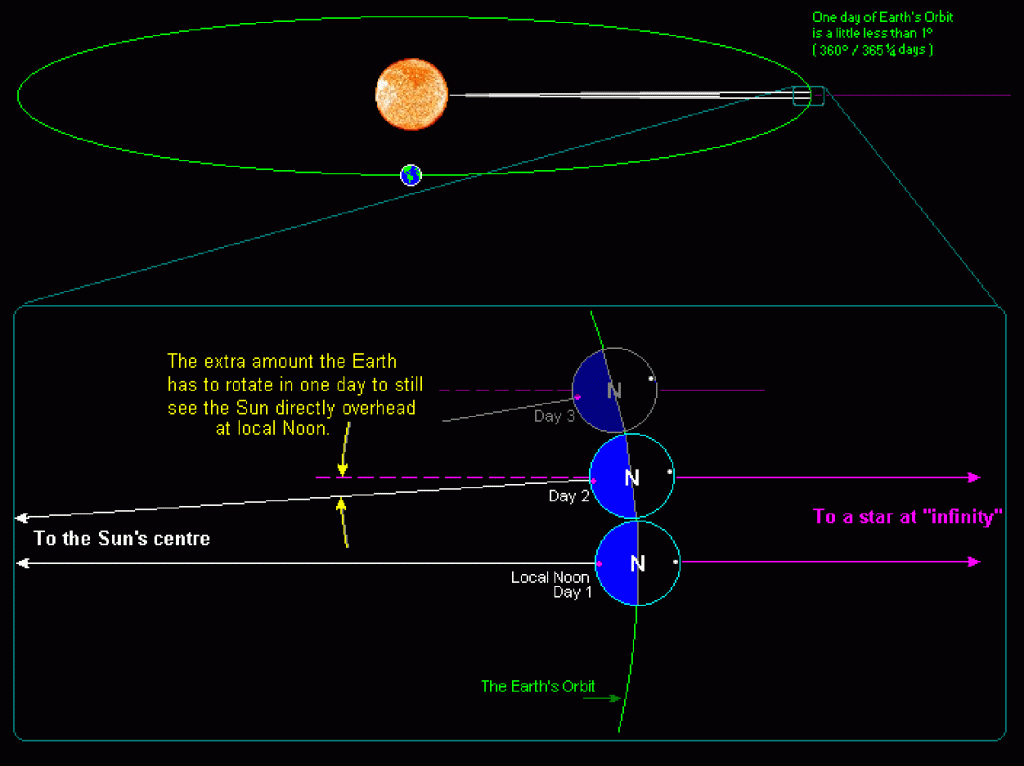
I’ve always found it interesting to think about how ‘fast’ we are going on Mother Earth relative to a fixed point in space. The earth moves at roughly 67,000 mph in its journey around the sun. It seems that Earth’s cruise control doesn’t work very well as we are slightly changing speed during the course of one revolution around the Sun!
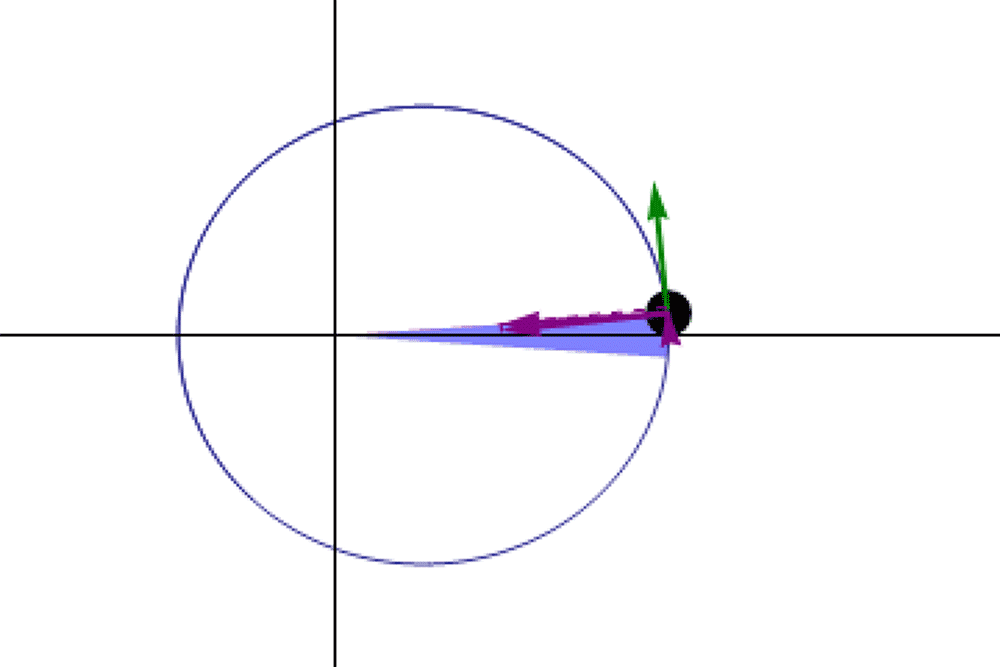
This means that the length of one-day changes and doing so in the most interesting way!
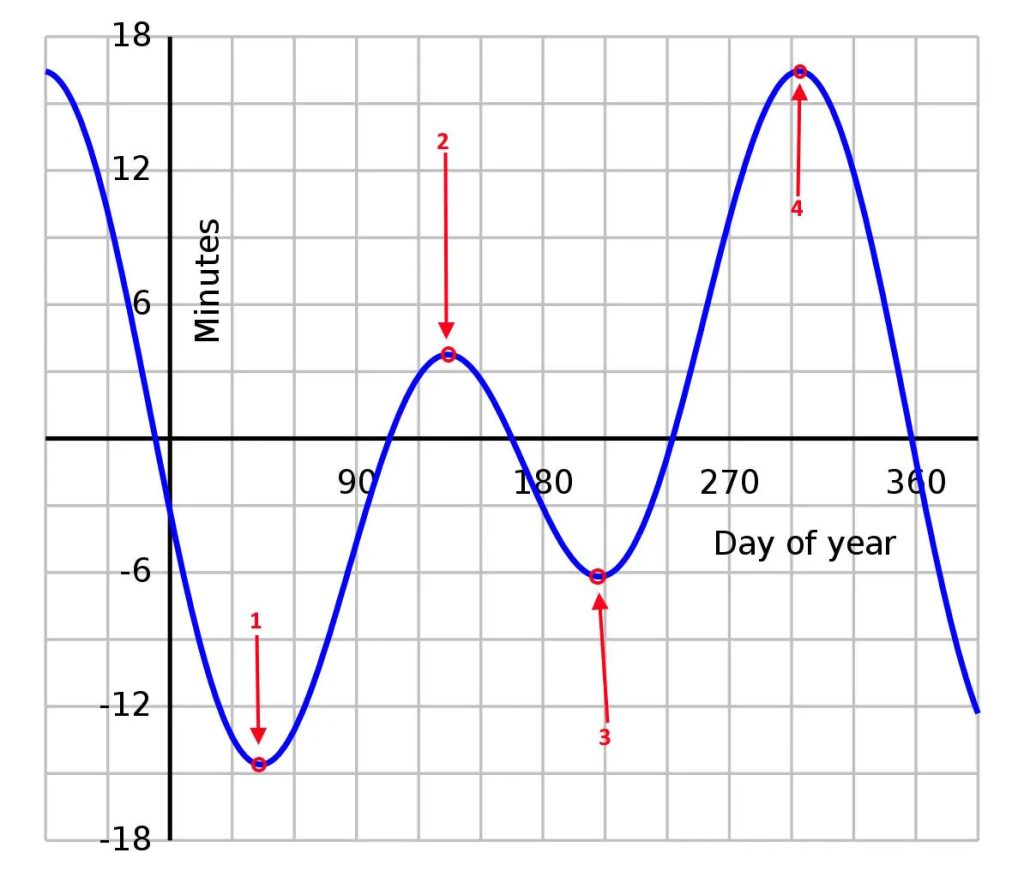
This is another very cool example of complex sinusoidal motion and waveforms. Fascinating!
What Exactly is a Year Anyway?
The next cool fact is a little hard to grasp at first. I’ve always known that the Earth’s rotation axis is tilted (23.5 degrees), but it turns out the axis precesses over time (20,000 years).
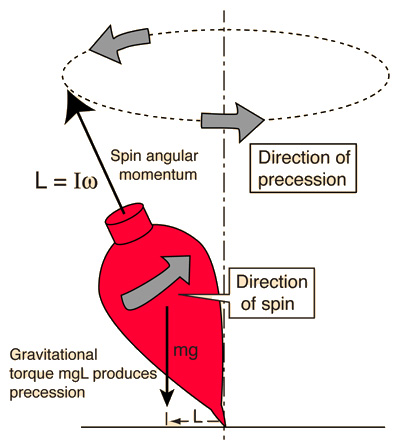
Think of a spinning top where you see the very top wobble to trace a circular path.
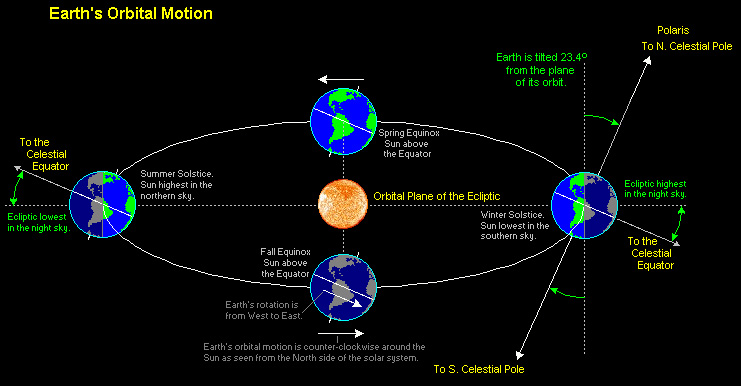
The net effect is that every time the Earth completes a full rotation around the Sun, it is positioned slightly differently than the previous rotation. The time it takes for four complete seasons (for example, the time between summer solstices) is 20 minutes shorter than for one full rotation around the Sun.
Long, Slow Burn
Finally, it makes sense to me that everything is slowing down. It’s sort of like increasing entropy. I was surprised to learn that over the course of Earth’s history, it has slowed from 6 to 8 hours a day to 23 hours, 56 minutes, and 4.09 seconds.
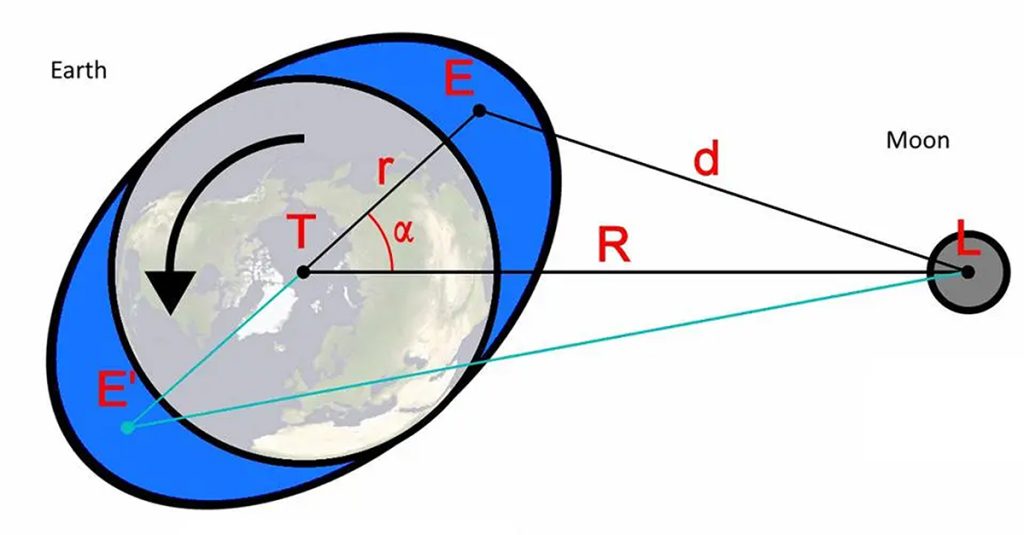
If we keep using our current calendar, we will eventually not need a leap day and will even have to eventually remove a day from the calendar rather than add one.
Just How Fast Are We Going, Anyway?
One other cool fact. While traveling at 67,000 mph around the Sun, the Sun is rotating with a fantastic velocity of 448,000 mph around the galactic center (a big black hole called Sagittarius*). The Milky Way itself is moving 1,300,000 mph through the Universe.
What Does This All Mean?
Check it out!
The Dude Abides 😎!


